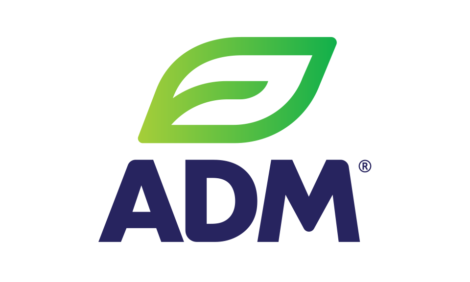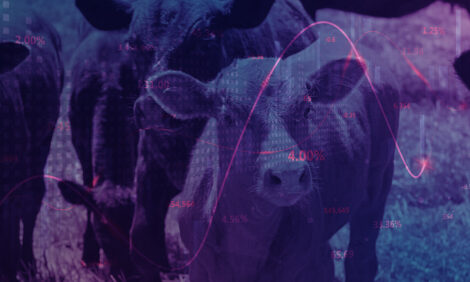



NAB Rural Commodities Wrap November 2011
Australian agricultural commodity prices are weakening in teh face of the global financial crisis, while production is increasing, writes Michael Creed, NAB Agribusiness Economist in his November Rural Commodities Wrap.These forecasts represent year-on-year average changes in AUD price and production between 2010-11 and 2011-12 financial years
The exceptional degree of volatility on global financial markets
has continued over the past couple weeks. The VIX Index
remains at levels consistent with the global financial crisis
while equities in the big developed economies are down by
around 5 per cent since the start of the month. Not
surprisingly, the AUD has also pulled back in recent weeks as
investors have sold off risk assets in favour of USD and
treasuries. The AUD/USD has now fallen 0.97 USD.
Sovereign debt problems in Greece, Italy and Spain remain
firmly in markets’ sights, while French developments are
increasingly grabbing attention. With bond yields in Italy and
Spain hovering near the 7 per cent level, the main event is
whether the European Central Bank will become a lender of
last resort, an outcome strongly opposed by Germany. This is
leading to increasing scepticism about the ability of EU
leaders to fix this mess and will continue to weigh on equity
markets for some time. Added to that, weak economic data is
contributing to the gloom surrounding Europe. Industrial
production fell 2 per cent in September, while September
quarter GDP came in at just 0.2 per cent. This meagre growth
rate was propped up mainly by Germany and France, with
growth rates of 0.5 per cent and 0.4 per cent, respectively.
Elsewhere, the Italian and Spanish economies have
stagnated, and have austerity packages in the pipeline that
will further restrain activity. Greece and Portugal have
contracted as expected, and the Netherlands also
experienced a fall in activity.
It has not been all doom and gloom, however, with some
promising economic data across the Atlantic. Evidence is
mounting that the US economy is growing modestly, with
good outcomes for retail sales, industrial production,
manufacturing surveys, jobless claims, consumer confidence
and the housing sector. It appears that the US recession
scare that spooked markets in August and September has
passed for now. However, markets are likely to remain jittery
about the wrangling over deficit reduction and prospects of
further public sector cuts in the face of a weakening global
economy.
Commodity prices have pulled back quite sharply, given their
perception by investors as risky assets. As such, we have
seen funds pull out of net long position in large numbers over
recent weeks. This has seen some fairly sharp declines in
prices for base metals while iron ore and coal prices have
also weakened in recent weeks. Crude oil prices have also
declined in the past week, despite geo-political ructions and
near-term supply constraints. Against that backdrop,
agricultural commodity prices have come under considerable
pressure. Market concerns about weakening demand
prospects, investor risk aversion and an appreciating USD
has seen USD denominated prices for key agricultural
commodities fall by between 7-12 per cent since the start of
the month.
For the Australian farm sector, recent falls in agricultural
commodity prices should not yet be cause for concern. The
AUD has played its traditional role in buffering exporters from
the worst, with AUD denominated prices holding up pretty
well. Similarly, export performance remains robust. Meat
exports over recent weeks have strengthened. Seasonal
conditions remain strong with a record winter crop on the
cards and an equally strong summer crop around the corner.
Importantly, the weakness in the global economy stems from
the big developed economies, whose protein consumption
tends to be less susceptible to income shifts while growth in
the emerging economies remains conducive to rising per
capita protein consumption. For the time being, the Australian
agricultural sector remains on the right side of the multi speed
economy.
Further Reading
| - | You can view the full report by clicking here. |
December 2011


